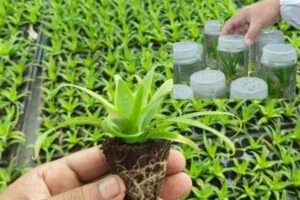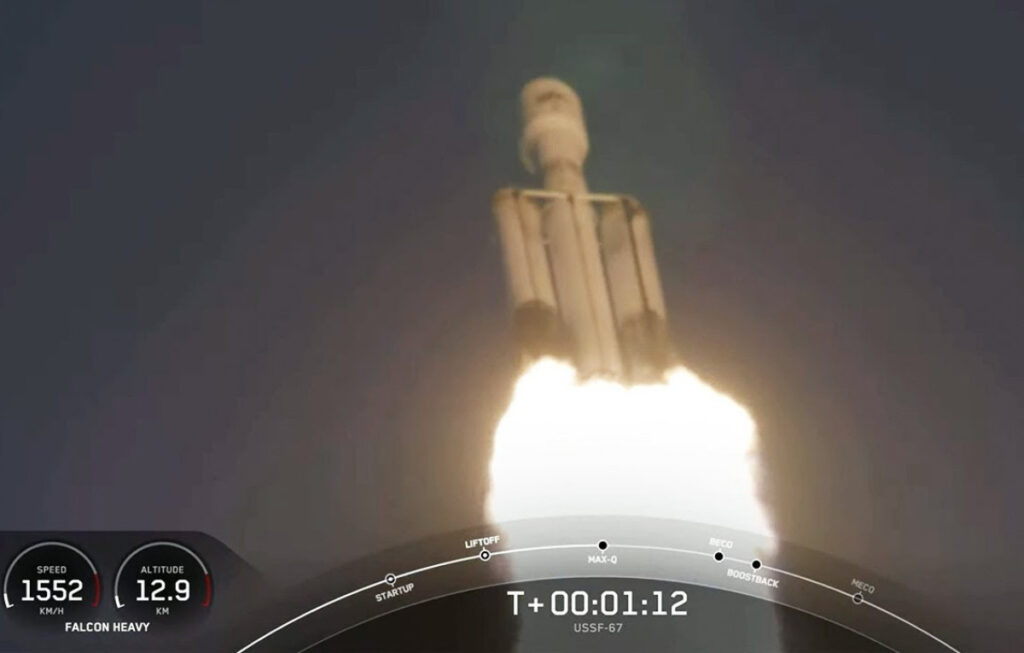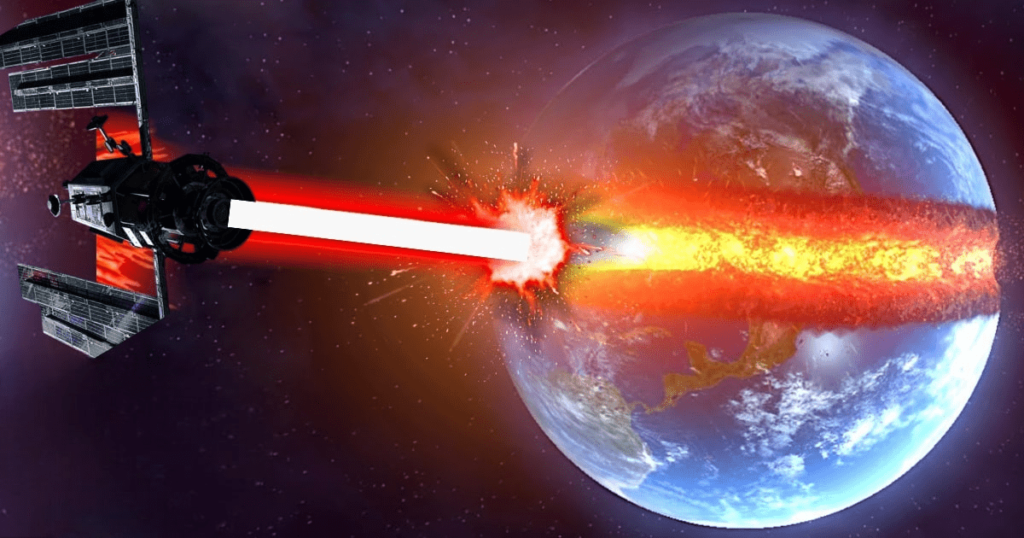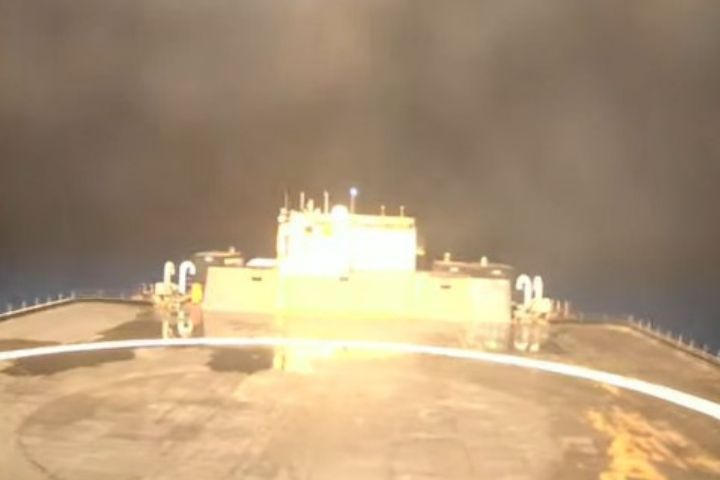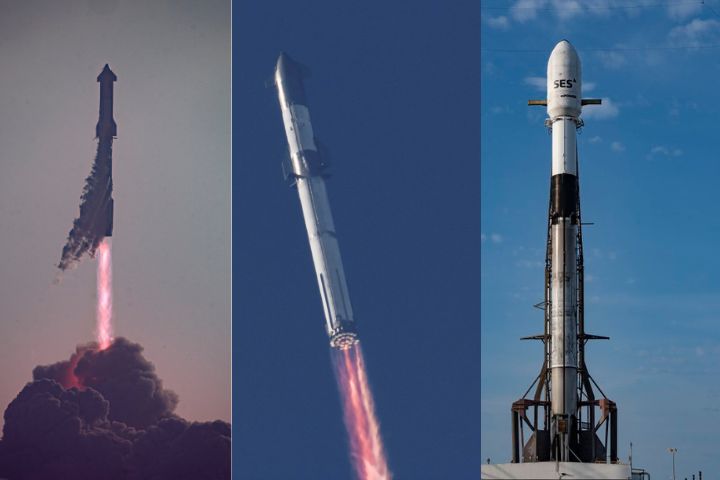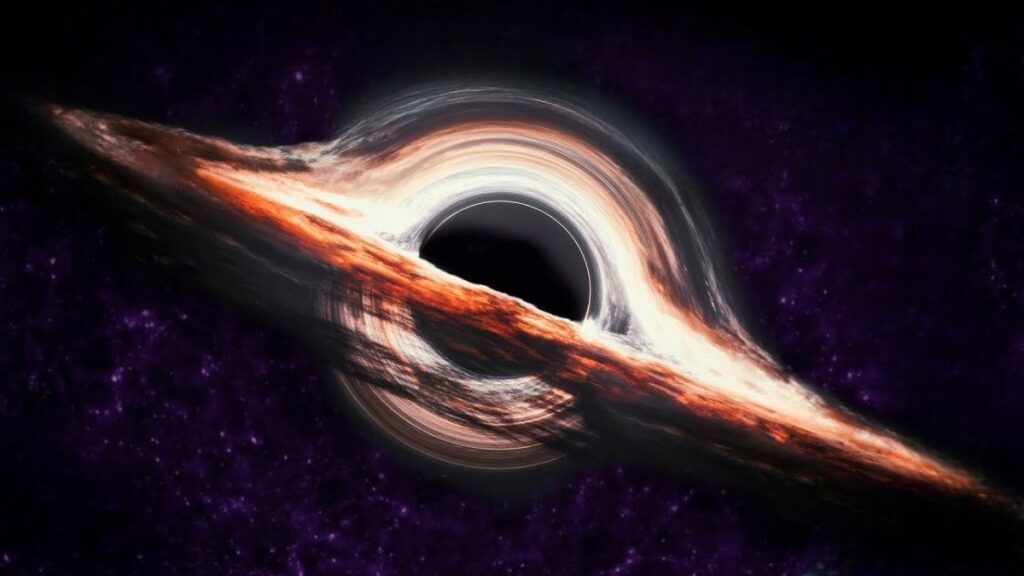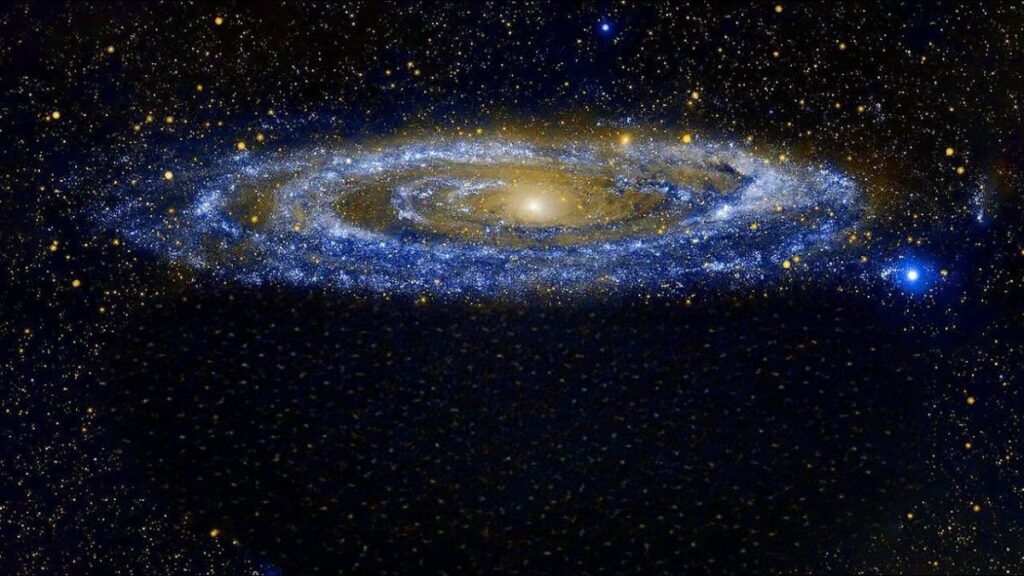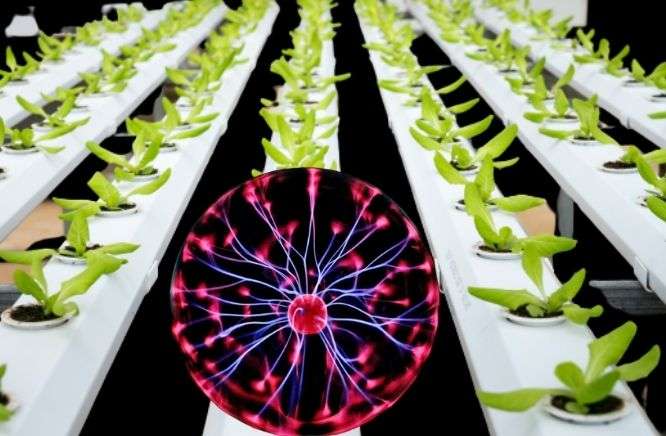
Feeding the World seems to be the greatest threat to humanity.
According to the Food and Agricultural Organization (FAO), today’s world population will reach 9.1 billion by 2050.
All these Population Explosions will certainly happen in developing countries.
To feed that many people, we will certainly need to increase world food production.
So, How could we do that?
To solve this, Farmers will need new technologies to produce more food crops in less land.
So, it becomes very necessary to raise crops production techniques and boost the germination of seed.
Due to the limitations of normal methods, a large demand for new technologies is still arising.
To improve germination, Scientists have found a new way i.e. Cold Plasma Technology.
What is Cold Plasma Technology?
Cold Plasma Technology is a non-thermal and environmentally friendly technology which is artificially generated from neutral gases in the laboratory.
They also help to preserve the quality of food products and other stuff.
Why is it called Cold Plasma?
It is called so because it is non-thermal (cold) which operates at lower temperatures.
As it is non-thermal, so definitely, there also exists Thermal plasma.
That’s why we can say that Plasma are of 2 types on the basis of relative temperatures of their electrons, ions and neutral particles.
Types of Plasma:
- Thermal Plasma (Hot)
- Non-Thermal Plasma (Cold)
Work of Cold Plasma Technology
They help to create a mixture of different chemical forms such as:
- Positive Ions
- Negative Electrons
- Excited Electrons
- UV Photons
- Radicals
- Reactive Nitrogen Species (RNS)
- Reactive Oxygen Species (ROS)
Before knowing about plasma technology in agriculture. You should know about Plasma.
Plasma
We have seen 3 states i.e. Solid, Liquid & Gas.
But there also exists another state of matter called “Plasma” as the 4th State of Matter.
Sir William Crookes discovered Plasma in 1879.
To discover Plasma, he used an assembly known as “Crookes Tube”. He ionized Air by using High Voltage through a Voltage Coil in an Experimental Discharge Tube.
How does Plasma Form?
When You heat ice, it converts into Water. Likewise, when You heat Water then, it converts into Gas. Finally, when You heat the gas, it will convert into Plasma.
That’s why Plasma is known as the Fourth State of Matter.
So, You can say that Plasma is formed when the gas becomes ionized.
How does an atom become an ion?
An atom becomes ion when they are exposed to high radiations because high radiations give the outermost electrons enough energy to escape from the attraction of the positive nucleus.
Cause of Plasma
Ions are the main cause or Key factor of Plasma.
The conversion of Gas into Plasma is called Ionization.
Ions are the net-electrical charge containers either it could be completely positive or it could be completely negative.
So, There are two types of ions:
- Positive Ion
- Negative Ion
Positive Ion
They are the positively charged particles known as “Cations”.
Metal always becomes Cation because it always loses its electrons in the Outermost (Valence) Shell.
Negative Ion
They are the negatively charged particles known as “Anions”.
Non-Metal always become Anions because it always gains electrons donated by Metal to complete its Outermost (Valence) Shell.
What happens when Cations and Anions attract?
Both Cations and Anions are opposite electric charges so, when they attract, they form ionic compounds.
Read more about Ions at Wikipedia
Plasma Properties
- 4th state of matter.
- Just an electrically charged gas.
- No fixed shape and size or volume like gases.
- Less dense than solid, liquid and gas.
- Produced when an atom in the gas gets ionized.
- A better choice for conducting electricity than copper.
- Has properties to inactive bacteria, fungi, viruses, spores and odour molecules safely and efficiently.
Plasma Interesting Facts
- It is the most common state of matter in the Universe.
- Whole Visible Universe is made of more than 99% plasma.
- Its speed is 0.01 of Light Speed where Plasma is 3,000 km/s and light is 300,000 km/s.
- The most common plasma on earth that we see is Lightning.
- To form Plasma, they are heated greater in temperature than the surface of the sun.
Plasma Example:
1. Lightning
When there is too much electrostatic energy, then it results in lightning or thunder bolting.
2. Aurora
Aurora gives a view like a bulb lighting in the sky.
It occurs in both the north and south poles of earth.
It is due to the ionization of inert gases present in the both poles’ skies. Read More about Aurora
3. Welding Arc
There is a Metal Stick (Electrode) involved in the Welding Machine which creates the electric arc between electrode and the metals.
Due to the welding power supply, a spark plasma (electric arc) is created which melts the metals at the point of contact.
In this way, the Welding Arc works.
4. Plasma Ball
The gas inside the ball gets ionized and it gives a beautiful view of Electric Sparks.
When You touch the surface of the Plasma Ball, all the Electric Sparks will come collectively near to your hands but You will not get Shock.
You can also say that a Plasma Ball acts as a Wireless Electricity Sender because when You bring a fluorescent bulb near to it, it will glow.
So, You can also consider it as a Tesla Coil.
5. Earth’s Ionosphere
The Ionosphere of Earth has properties like the plasma at altitude 80 km above.
It is due to the collisions of charged particles with the neutral gases which form ions.
So, its name is kept ionosphere.
Some of the Neutral Gases include:
- Helium
- Nitrogen
- Neon
- Argon
- Krypton
- Xenon
6. Stars (Including the Sun)
The Sun itself is the big and hot ball of Plasma.
All the gases including Hydrogen and Helium have enormous heat energy, so they are always in the form of Plasma.
So, when the sun is in the form of plasma then that means stars are also in plasma state.
7. Solar Wind
Solar Wind is the continuous flow of charged particles from the sun.
As the Sun itself is Plasma so, definitely Solar Wind is also a Plasma because it has flown from the Sun.
8. Tail of a Comet
Actually, comets are balls of ice because they are found at very far places from the sun in the Kuiper Belt (Region of the solar system beyond Neptune’s orbit).
At the time of orbiting the sun, comets come near the sun and some of its parts begin to vapourize.
So, the vapourized ice looks like the tail of a comet.
At the time of vaporizing, the ion tail is formed from an electrically charged molecule of gases.
That’s why the Comet’s tail is considered to be in a Plasma state.
9. Interstellar Gas Clouds
Gas Clouds in Interstellar space are present in the form of gases which are ionized.
They have such energy that the electrons are ripped away from the atoms due to its gravity.
The remaining atom becomes positively charged ions because in atoms when electrons have gone then there remains proton and neutron where proton is positively charged and neutron is chargeless.
So, the dominant charge is of Proton.
10. Fireball of Nuclear Explosion
Due to the extreme heat occurring in the fireball of nuclear explosion, the gas of the surrounding gets ionized too quickly which takes the form of hot Plasma.
11. Neon Light & Fluorescent Light
These lights contain inert gases which glow when they are supplied with electricity.
Neon lights contain Neon gases whereas Fluorescent lights contain a mixture of Nitrogen and Argon Gases.
Actually the neutral atoms present in these lights get excited when the electricity is supplied.
Due to the oscillations of excited atoms, they produce light and glow.
12. Candle Flame
Even the candle flame is also a very familiar example of Plasma.
Flame are the products that remain after a chemical reaction where combustion (Burning) takes place.
Flames are also called Plasma because they contain low ionized energy.
That energy is so ionized that when we touch it we feel so hot.
If touching flame is so hot then, you imagine touching plasma at high energy would be how hot?
Plasma Technology
For having Plasma, it is not necessary that it could be only natural.
Scientists have discovered a way to make artificial plasma.
Uses of Plasma Technology
Other Researchers research and pursue Plasma for:
- Making Computer Chips
- Rocket Propulsion
- Cleaning the Environment
- Water Treatment (Purifying Water)
- Odour Management and hygiene
- Destroying Biological Hazards
- Healing Wounds
Plasma Technology in Agriculture
Using Plasma in the agriculture field might be one of the greatest innovations ever done in Human Mankind’s History.
Plasma Treatment on seed
The main key factor for seed germination are:
- Moisture
- Oxygen
- Light
- Temperature
Actually seeds are in dormancy state (inactive state) until they get suitable conditions for the seed germination.
Plasma helps to form reactive species like nitrous oxide during Plasma Discharge which breaks the seed dormancy.
Thus, Plasma leads to the faster germination of the seedling.
Pros of Plasma Agriculture Technology
- Boost Germination Speed
- Low-temperature Treatment
- Seed Treatment in Short Time
- Plasma generation in surrounding air
- Low Operating Costs
- Environment Friendly
Cons of Plasma Agriculture Technology
- Large number of Samples
- Investment Costs
- Adaptation Mechanisms
- Determination of effective dose
FAQs
Is Fire a plasma?
Absolutely, a fire is plasma because they are also plasma but in low energy level concentration.
Even though a flame of the fire possesses low energy plasma, it is very hot when You touch it.
We know that the Sun is a big ball of fire which keeps on burning and it’s even plasma.
That’s why, it proves that fire is also a Plasma.
How can Plasma make a Quick progress in the formation of seeds?
For this, Plasma boosts the seedlings’ growth. It results in the positive growth and development of the seedlings.
Due to which, the speed of food production gets high.
How Plasma boosts Germination of the seedling?
As when dormancy of the seeds break then, the germination takes place very quickly.
Plasma often helps to break seed dormancy which results in the faster and healthier growth and development of the seedlings.
In this way, Plasma helps to boost the germination speed of the seedlings.
Conclusion:)
Here We have discussed, How Plasma Technology helps to protect plants from Infections? And how does it help to make plants grow faster?
So, Will it End Hungriness???
Yes of course, it will help to end hungriness ever present on the earth.
This will increase the production of the food crops and make healthy growth and development of the seedlings.
By having plasma agriculture technology, we will have such a huge amount of foods and crops that will help to end Hungriness.





